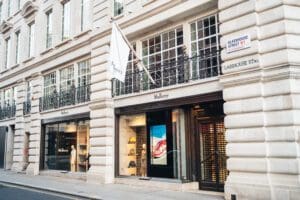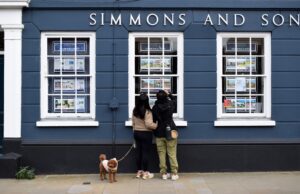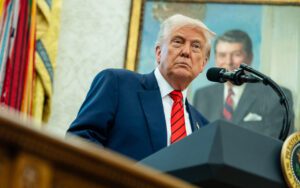Italian police have made a significant breakthrough in the art world by dismantling a massive art forgery network worth $215 million. The network operated across Europe, producing and selling fake works attributed to renowned artists such as Banksy, Pablo Picasso, and Andy Warhol. Allegedly, 38 individuals are under suspicion for their involvement in this vast scheme that focused on creating and distributing counterfeit pieces from the 19th to the 21st century.
This revelation has sent shockwaves throughout the art industry, as it reveals the extent to which art forgery has infiltrated the market. The ability to mimic the styles of iconic artists in a convincing way raises questions about the authenticity of numerous artworks that have been bought and sold over the years. It also highlights the challenges faced by experts and collectors in detecting fakes and ensuring the integrity of the art market.
One of the most intriguing aspects of this case is the inclusion of famous contemporary street artist Banksy in the list of forged artists. Banksy’s anonymous identity and anti-establishment stance have made him a cult figure in the art world, and his works have fetched astronomical prices at auction. The fact that forgers targeted his unique style demonstrates the lure of his art and the potential profits that can be gained from reproducing it.
The investigation into this forgery network serves as a wake-up call for the art community, urging them to be more vigilant in detecting fake art and preserving the integrity of the market. Technology has played a crucial role in identifying and exposing art forgeries, with advancements in techniques such as carbon dating, thermoluminescence, and infrared imaging. However, even with these advancements, skilled forgers are finding ways to imitate artists’ styles and materials, making it increasingly difficult to differentiate between genuine and counterfeit pieces.
To prevent future instances of art forgery, there is a need for collaboration between experts, collectors, and law enforcement agencies. It is essential to establish interconnected databases that can track the provenance and authenticity of artworks, making it easier to identify fakes. Additionally, educating the public about the risks and consequences of purchasing counterfeit art can help create a more informed and discerning market.
The busting of this extensive art forgery network is a pivotal moment for the art world. It exposes the vulnerabilities of the market and calls into question the authenticity of countless artworks. This revelation should inspire a collective effort to strengthen security measures, enhance authentication techniques, and increase awareness among buyers. Only through collaboration and innovation can the art world protect itself from the looming threat of forgeries and ensure the continued appreciation and recognition of genuine artistic brilliance.









